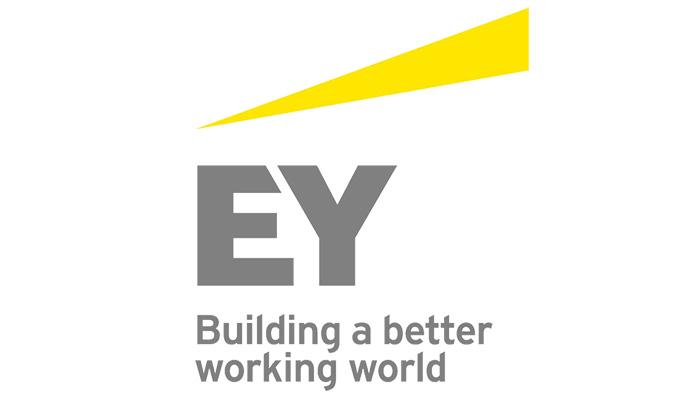
Dampened Middle East oil and gas transaction activity in 2014
While the Middle East has substantial oil and gas reserves and production, in the context of the global transactions market both current and historic levels of activity are relatively low, according to EY’s Global Oil and Gas Transactions Review 2014. In the Middle East, transaction activity in 2014 was quiet and only upstream witnessed any deal activity.
David Baker, MENA Oil and Gas Transactions Leader, EY, says: “Prior to the drop in oil price in the second half of 2014, oil price had been unusually stable over past the 3 years, largely trading around $100-120/bbl despite some major geopolitical events. When oil price did dip, the speed and extent of the price correction took many by surprise. The industry has responded by making a number of recent announcements regarding projects and capital expenditure cuts. Globally we are expecting a strengthening oil and gas M&A market in 2015 as companies reallocate capital to optimize their portfolios, remove underperforming and lower yield businesses, and pursue opportunistic acquisitions.”
In terms of timing, the drop in oil price is expected to affect the industry in the following order; oil field services, exploration and production (E&P) then midstream/downstream. Oil field services, beginning with entities aligned to discretionary CAPEX (Seismic/Exploration), are likely to be affected first, followed by onshore drilling and then development. E&P will also clearly be impacted, beginning with the highly leveraged E&P entities and those with disproportionate exposure to high marginal cost production. On the other hand, the price drop may be beneficial to midstream/downstream businesses. However, the businesses embedded in integrated oil companies may come under further pressure to de-capitalize their value chains.
Transaction activity in 2014
From an upstream perspective, while the number of transactions decreased from 32 to 12 from 2013 to 2014, the total value was only marginally down at almost US$600 million. In terms of the upstream sector, Middle East transaction value relative to the total global upstream transaction value represented less than 0.3% in 2014, which is the lowest share over the past five years. The deal activity was geographically spread over the Middle East region with countries such as the UAE and Iraq being the locations of multiple transactions.
As is consistent with the past three years, no midstream transactions were completed in 2014. This is a result of the very high level of state ownership of these strategically important assets and therefore little, if any, availability in the market. Finally in the downstream sector, again, there were no transactions in the Middle East which is against a backdrop of only very limited transaction activity in 2012 and 2013.
“Looking forward, there are a number of potential refinery upgrade and expansion projects in the region that could drive some future transaction activity. The future of transactions in the oil and gas industry will largely be dependent on how much the oil price fluctuates and the length of time it takes for the price to stabilize,” concludes David.
David Baker, MENA Oil and Gas Transactions Leader, EY, says: “Prior to the drop in oil price in the second half of 2014, oil price had been unusually stable over past the 3 years, largely trading around $100-120/bbl despite some major geopolitical events. When oil price did dip, the speed and extent of the price correction took many by surprise. The industry has responded by making a number of recent announcements regarding projects and capital expenditure cuts. Globally we are expecting a strengthening oil and gas M&A market in 2015 as companies reallocate capital to optimize their portfolios, remove underperforming and lower yield businesses, and pursue opportunistic acquisitions.”
In terms of timing, the drop in oil price is expected to affect the industry in the following order; oil field services, exploration and production (E&P) then midstream/downstream. Oil field services, beginning with entities aligned to discretionary CAPEX (Seismic/Exploration), are likely to be affected first, followed by onshore drilling and then development. E&P will also clearly be impacted, beginning with the highly leveraged E&P entities and those with disproportionate exposure to high marginal cost production. On the other hand, the price drop may be beneficial to midstream/downstream businesses. However, the businesses embedded in integrated oil companies may come under further pressure to de-capitalize their value chains.
Transaction activity in 2014
From an upstream perspective, while the number of transactions decreased from 32 to 12 from 2013 to 2014, the total value was only marginally down at almost US$600 million. In terms of the upstream sector, Middle East transaction value relative to the total global upstream transaction value represented less than 0.3% in 2014, which is the lowest share over the past five years. The deal activity was geographically spread over the Middle East region with countries such as the UAE and Iraq being the locations of multiple transactions.
As is consistent with the past three years, no midstream transactions were completed in 2014. This is a result of the very high level of state ownership of these strategically important assets and therefore little, if any, availability in the market. Finally in the downstream sector, again, there were no transactions in the Middle East which is against a backdrop of only very limited transaction activity in 2012 and 2013.
“Looking forward, there are a number of potential refinery upgrade and expansion projects in the region that could drive some future transaction activity. The future of transactions in the oil and gas industry will largely be dependent on how much the oil price fluctuates and the length of time it takes for the price to stabilize,” concludes David.
Share:
ADD TO EYE OF Riyadh
MOST POPULAR
Inaugural SaudiFood Manufacturing show to put spotlight on Kingdom’s F&B manufacturing industry
Monday 22 April, 2024 9:06PIF inks deal to acquire stake in stc’s TAWAL for SAR 8.7B
Monday 22 April, 2024 9:35 ×


























